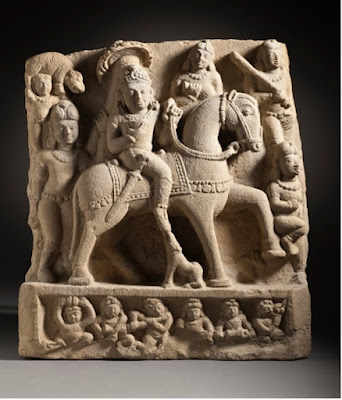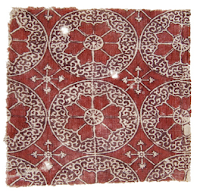Echoes of Memory

More than a decade ago, in 2013, I participated in my first archaeological excavation. I had just appeared for my third year degree exams and was looking forward to joining a masters’ program the following academic year. It was the first time that I traveled by a ‘laal dabba’, the red local MSRTC bus. It was almost occupied by the time I managed to hop in so I sat on the seat beside the driver (what a thrill - if you know about their infamous driving!). It was an overnight journey from Mumbai Central to Mangaon, Raigad. My excitement was at its peak - finally getting to experience the archaeology life after studying the certificate course for a year! The destination was Chandore - a small village located near Mangaon in Raigad district. Archaeological investigations at this site uncovered remains of an Early Medieval-Medieval temple complex (plinths and plans) and a rock-cut step tank/ reservoir dating back to the Shilahara and the Bahamani rule in Maharashtra. You can read more about ...




